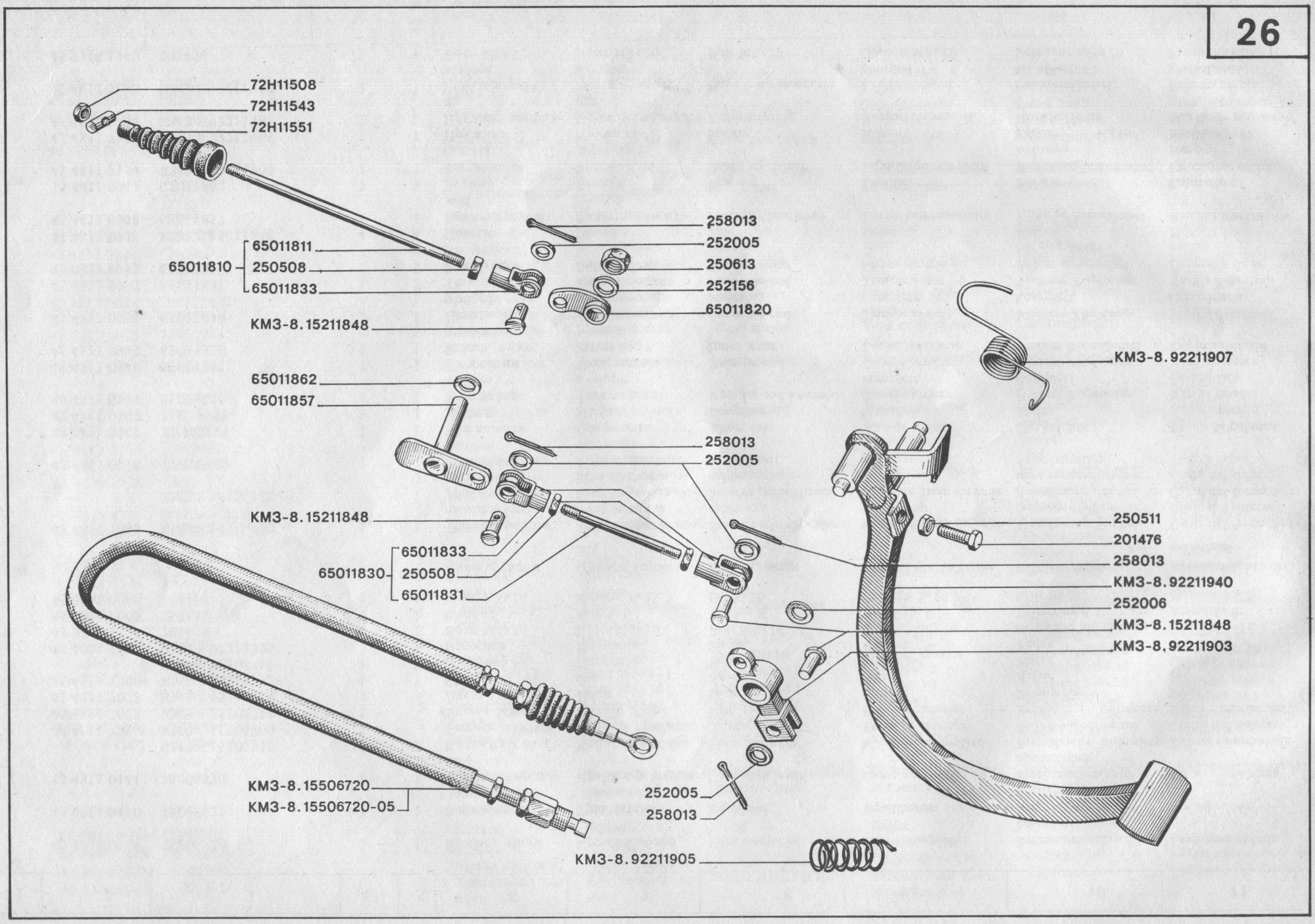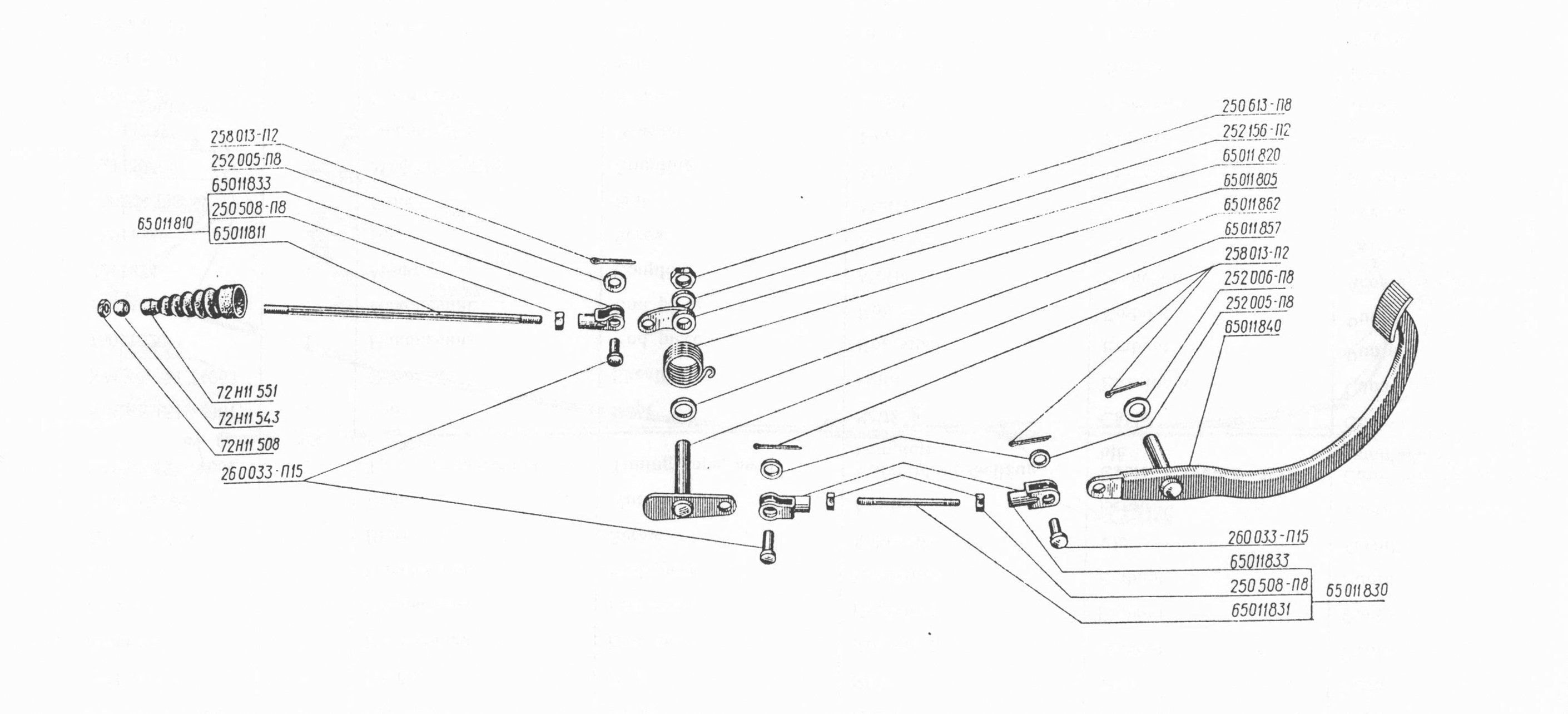I have two trains of thought in my head. They're intriguing in that they're mutually opposed to each other, and yet they're both perfectly happy to chug along besides each other.
One is that I'm out of my depth here--I lack the knowledge necessary, it would require testing rigs, and anything I built would never be passed by an engineer anyway. Throw it in and go on with all the other things I have to do.
The other is that if I use threaded rod passing through a plate at the connection between the bike and sidecar, I could easily slip a spring on there and pre-tension it with nuts--weld some nuts on the end of the rod to attach the ends of the cables to, using eye terminals--I think pulling on the cable sheaf is a bad idea, instead have a break in the sheaf (two separate sheafs on the one cable) so the pulleys can act directly on the wire and the sheaf can be fastened down...
Yeah, those two trains should not be able to run on the same track.
Anyway, lets see here:
Liability issues - Yeah, didn't think of that. While I like to think I'm not the sort of person to throw someone else under a bus to save myself, it's probably best not putting it to the test. Anyway, someone else could read this and decide to try it who is.
Liability Disclaimer for anyone reading : I am not a trained engineer. I am not even a trained frigging mechanic. I have no qualifications whatsoever. Anyone using these ideas be aware they're coming from someone who probably knows LESS THAN YOU! If you kill yourself, don't come whinging to me.
Accounting for the different amounts of cable stretch due to different cable lengths between level and brake is another. This includes slack increase from cable warming up on long journey.
When you say "level and brake", what exactly do you mean? Otherwise, I think I would try to minimise stretch by using an unnecessarily heavy cable. I've never noticed any significant increase in cable length in cable brakes I've had, although this would be magnified by a much longer cable. Should be calcuable, though, standard expansion rate at normal temperatures; the cable can't get that hot, it's a brake cable, spends most of its life not doing anything.
Accounting for the different centers of mass for a full sidecar and an empty one to avoid turning when braking is another (is turning when braking desired for some bikes?)
Turning when braking, or accelerating for that matter, is not so much desired as just a fact of life. Under acceeration you veer left off the road, under braking you veer right into oncoming traffic. Although you can totally use it--I've already experimented with hitting the brakes going around roundabouts and letting the sidecar carry me around.
If I can put some braking on the sidecar while moving (instead of it being just the parking brake), even if not balanced, it should reduce that veering action.
This system is beggin for problems, methinks.
Probably
The pulleys are the worst thing - due to the assymetry and probably unequal resistance of the breaks due to the angles of force imparted, it is quite likely that this would result in a skid-stering setup.
As mentioned above, it already does that. I don't think it would be possible to make it worse than the starting point of an unpowered, free-running heavy mass on your side.
if you want to use this sytem with two different input levers, I would propose to run two separate lines each to each control (4 in total.)
First, this eliminates any way of force inequality due to a pulley sticking, uneven pull at the ends, the wire slacking, rubbing or getting pinched somewhere.
While I believe I can balance and adjust the forces at each end by an adjustable pre-tensioned spring, you're right that if a pulley sticks, it will throw that off.
Second, you do not have a random wire moving somewhere inside the vehicle that could snag somewhere. You end up with 4 lines running inside of tubes that can easily laid out and stowed, and all inputs will have the same operation travel on both brakes, if done properly(and adjustable). The current setup is unable to balace break power.
Although I don't see why one sheafed wire should be harder to route safely than four.
Third, if one of my proposed four wires snaps, you still retain 50% operation in one input device, and 100% in the other. in this current setup, if any of the lines (input1, input2, connector) snaps, you lose all brakes, completely.
Not quite. You've still got your front brake. Separate system.
That's not actually ignoring what you're saying about losing rear brakes, however.




